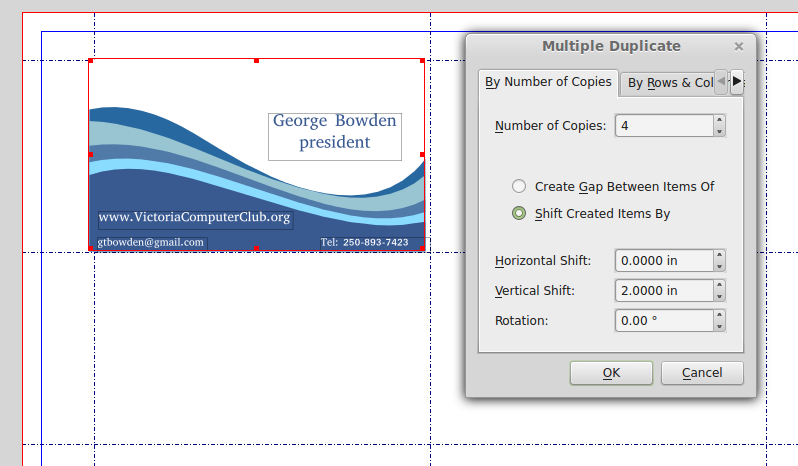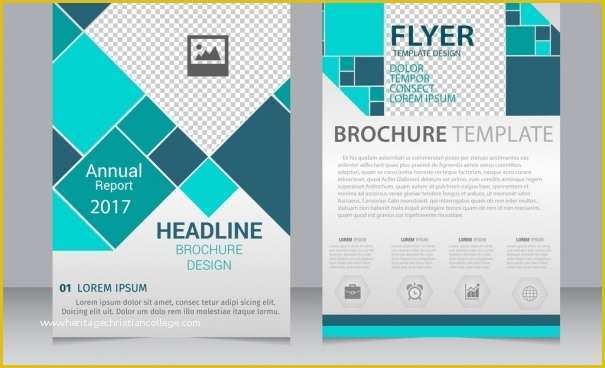

The best way to use Scribus is to make your front matter and individual chapters as single files then put them together later with a separate program. I once tried to work with a 68,000 word novel and it was unusable. In order to use different fonts, you will have to edit the Scribus styles. Instead of these fonts, you can use any fonts on your system. The templates use only two fonts download them here: EB Garamond and Sorts Mill Goudy.

I provide everything you need to make the files except the fonts. As examples, I made Lollipop.pdf from Lollipop.sla and Mody_Dick.pdf from the basic novel templates. The templates are for a 9 in x 6 in page size book and are available in the Downloads section below. I’ve made three templates: one for the front matter of your book, one for the book chapters, and one which is the front matter and beginning of the soon-to-be-best-selling novel “Lollipop” by Volomire Nobakeoff.

(Not as steep, however, as Adobe InDesign.) This is why you want to start with a template to work with as you learn the ins and outs of the program. If you are new to Scribus, be warned: Scribus has a moderately steep learning curve. As a believer in open-source software, I’m using Linux ( Ubuntu, to be exact). You will, of course, need Scribus, which is available for a number of platforms. In this post, I’m going to provide some Scribus files that you can use as templates to develop your book interior design. Scribus is an open-source desktop publishing program that you can use for your book interior design. You can use your word processor, but that often leads to a shoddy job (see Book Interior Design: Tips to Avoid the Amateur Look). If you are self-publishing, one of your tasks is to design the interior of your book.


 0 kommentar(er)
0 kommentar(er)
